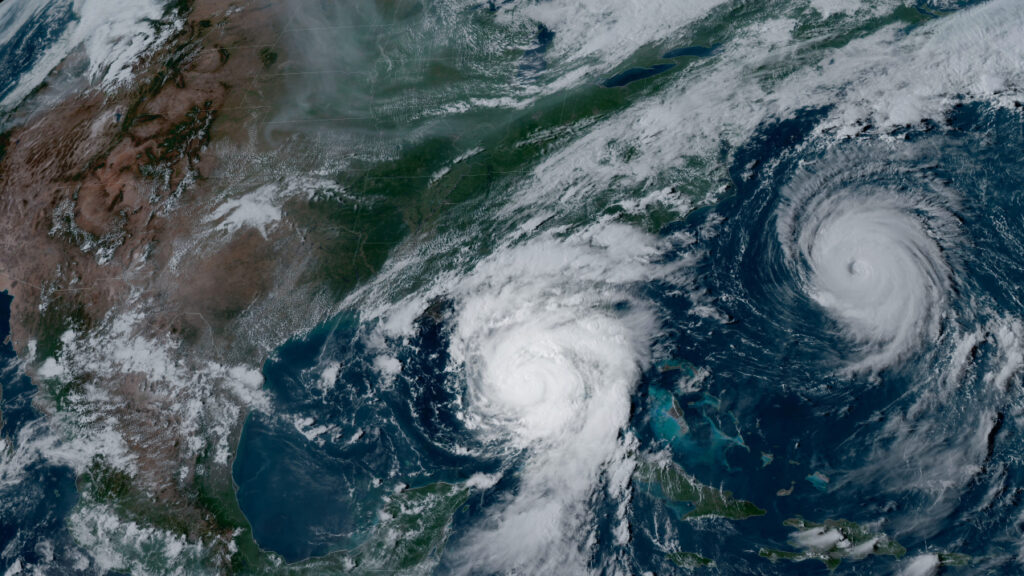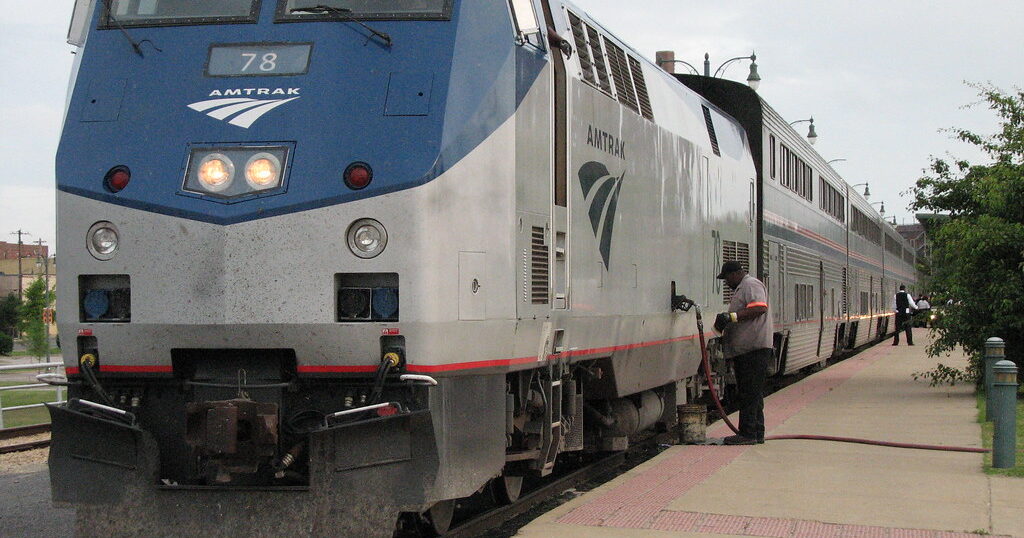Reviewed by: Liv George
Northern Lights could be seen in Alabama this weekend
Reading time: 3 minutes

When you think of the Northern Lights, you don’t typically think about seeing them in Alabama. But scientists say that’s exactly what could happen this weekend.
According to a report from the National Oceanic and Atmospheric Administration (NOAA), the Northern Lights may be visible as far south as Alabama this weekend because of a solar flare.
Keep reading to find out more about why it’s happening + how you can see the aurora borealis.
Will we get to see the Northern Lights?

There is not an exact answer to that question just yet but even if the answer is just a “maybe,” that will get my hopes up. The “so you’re telling me there’s a chance” scene comes to mind.
If the solar storm hits a certain level, the lights will almost certainly be seen more clearly by states further north and along the Canadian border. However, the projected severity means there’s potential for the lights to be seen here in Alabama.
“This is an unusual and potentially historic event.”
~ Clinton Wallace, Director, NOAA’s Space Weather Prediction Center
‘Severe solar storm’

According to the NOAA, the sun has been emitting strong solar flares with high-energy radiation, raising the possibility of communications disruptions this weekend. However, that same flare could also make the Northern Lights visible across parts of the U.S. beginning Friday evening.
The administration’s Space Weather Prediction Center issued a severe (G4) geomagnetic storm watch for the first time in nearly two decades.
According to an article from Axios, the sun’s activity is measured in 11-year cycles and the current Solar Cycle 25 is “very close to solar maximum, so we can expect frequent activity,” said Rob Steenburgh, a space scientist at the SWPC.
“G4 storms are relatively rare, with about 100 over the course of an 11-year solar cycle. The strongest storms (G5 – extreme) are the most rare, with only 4 during the course of an average solar cycle. We had no G5 events during the last solar cycle.”
~ Rob Steenburgh, a space scientist at the SWPC
While the storm itself is likely to happen Friday night, NOAA said additional solar eruptions could cause geomagnetic storm conditions to persist through the weekend.
Will you try to see the Northern Lights? If you spot it, post the picture to social media and tag The Bama Buzz on Instagram, X, Facebook + LinkedIn.







